

Increase sales, reduce inventory, enable labor efficiencies, and improve buy online, pick up-in-store (BOPIS) performance with the Clarity® in-store inventory and operations platform and applications suite.
The State of Retail 2022/2023 reported that 48% of retailers believe frequently out-of-stock items cause the biggest challenge to them serving customers in today’s retail environment. 39% of respondents claimed that labor and staffing shortages were directly impacting operations at the in-store level, with retail being one of the most impacted sectors to date.
Frequent, rapid inventory counting to reduce out-of-stocks, improve availability, and achieve greater than 98% inventory accuracy.
Leverage the latest RFID technology for 20x faster inventory counting. Clarity Store’s Geiger Counter facilitates finding items within seconds.
Confidently expose all inventory to eCommerce orders to accurately pick and fulfill orders and reduce BOPIS cancel rates.
RFID-enabled price tags help retailers do markdowns & promotions on the fly.
Accurate inventory and tracking help retailers transfer inventory from store to store and back to front of the store.
RFID provides real-time data tracking for enhanced business intelligence (BI) to monitor organizational operations.
Closed-box receiving is accurate within minutes, with more than 99.9% accuracy. Automated technology enables KPIs on inbound tag quality.
Clarity Stock Explorer helps store associates locate missing and hard-to-find items and provides data about the product sizes, colors, and styles in the store’s inventory.
Powerful item-level RFID platform and software suite to transform in-store performance
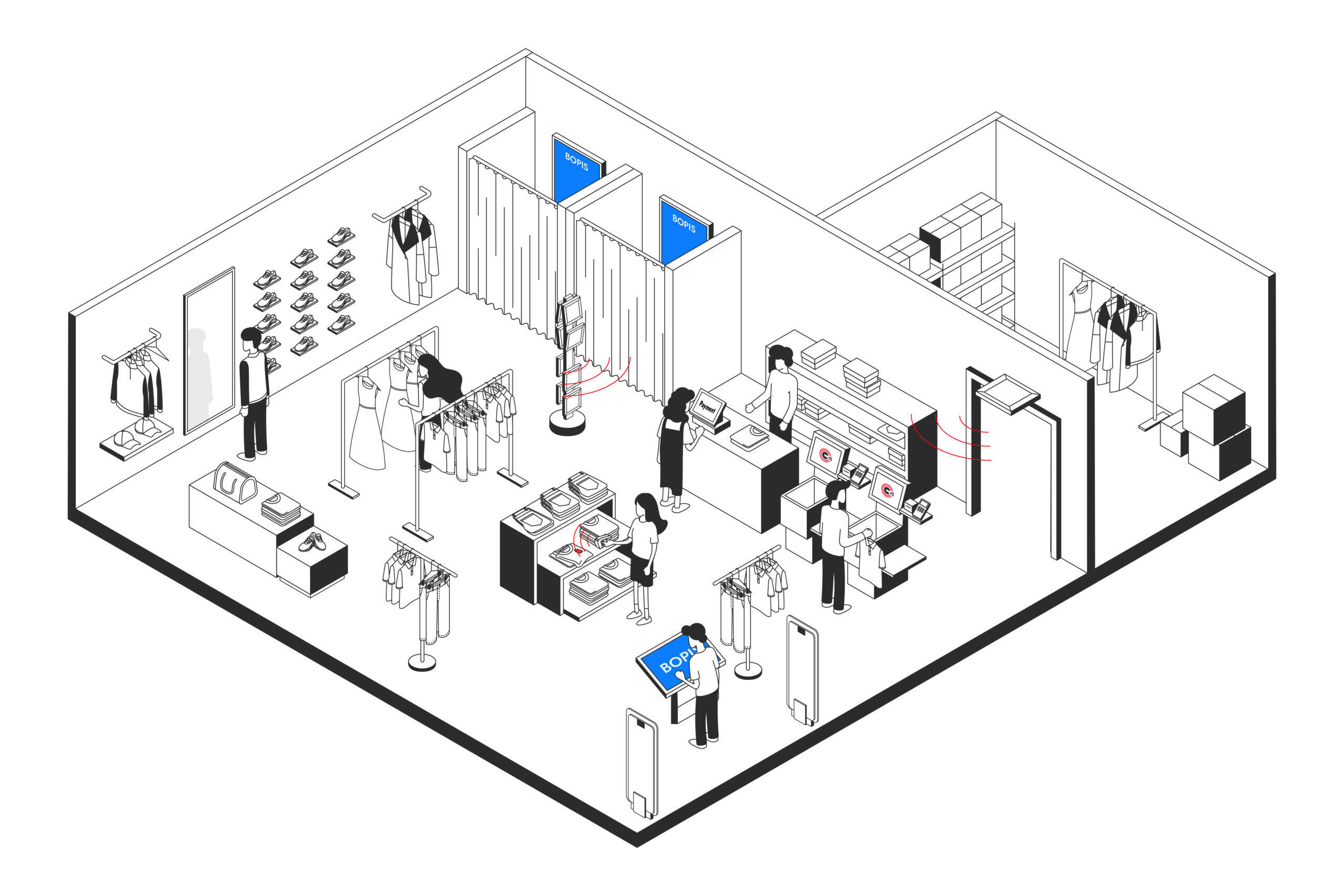
Our technology has delivered over $2 billion in profits and $2 billion in savings for retailers. It is underpinned by rapid, accurate, and frequent inventory checks, which ensure the finest in-store experience in the new era of retail.
Stores Deployed with Clarity®
Items Managed Weekly with Clarity Store
Where Clarity has been deployed and supported
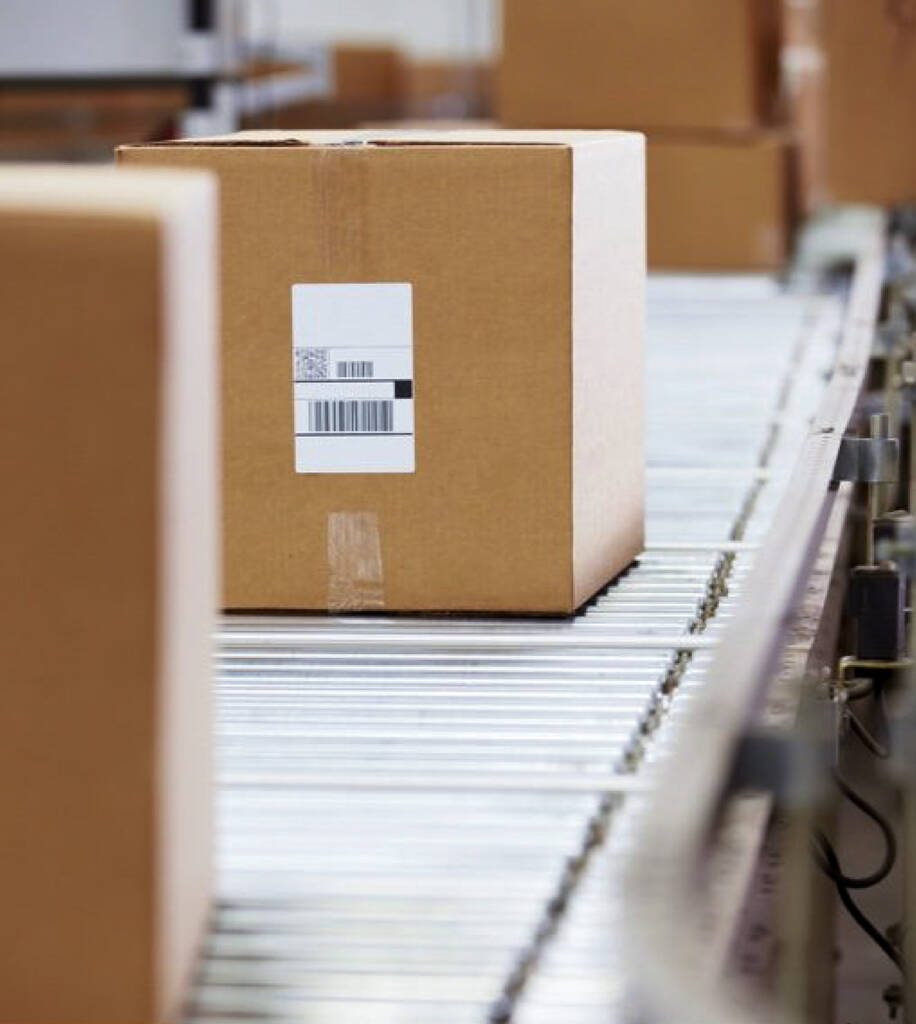
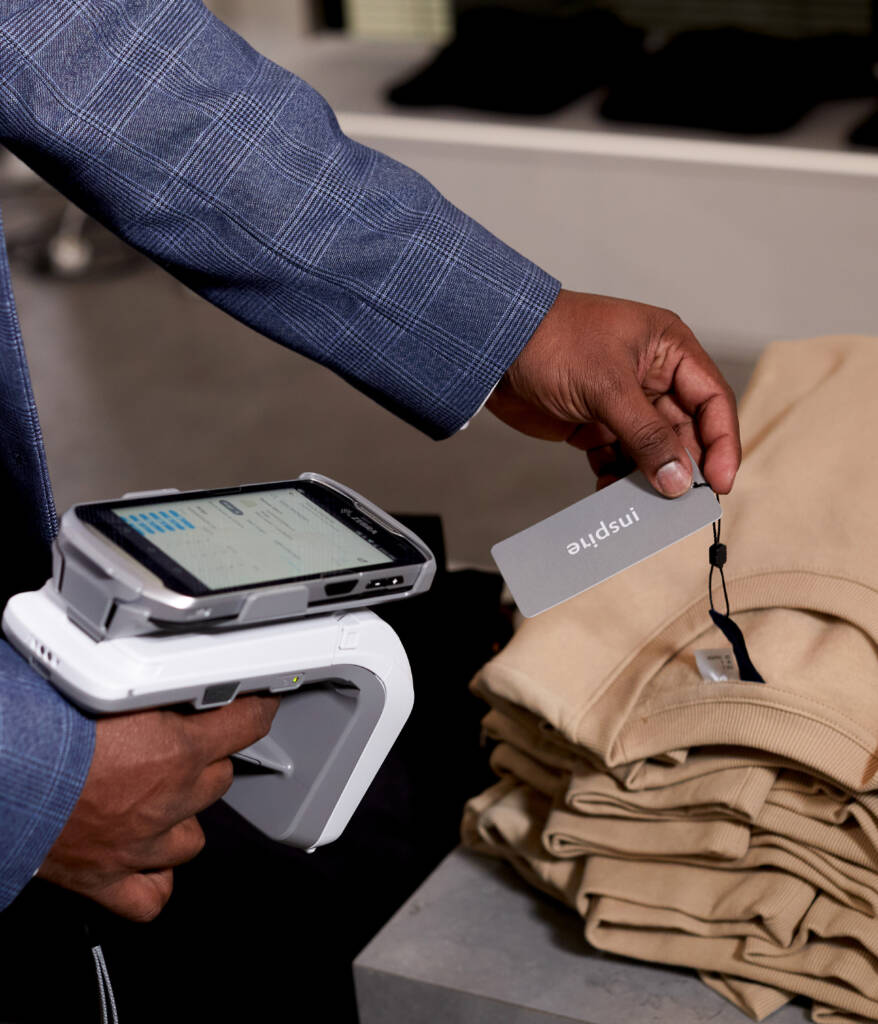
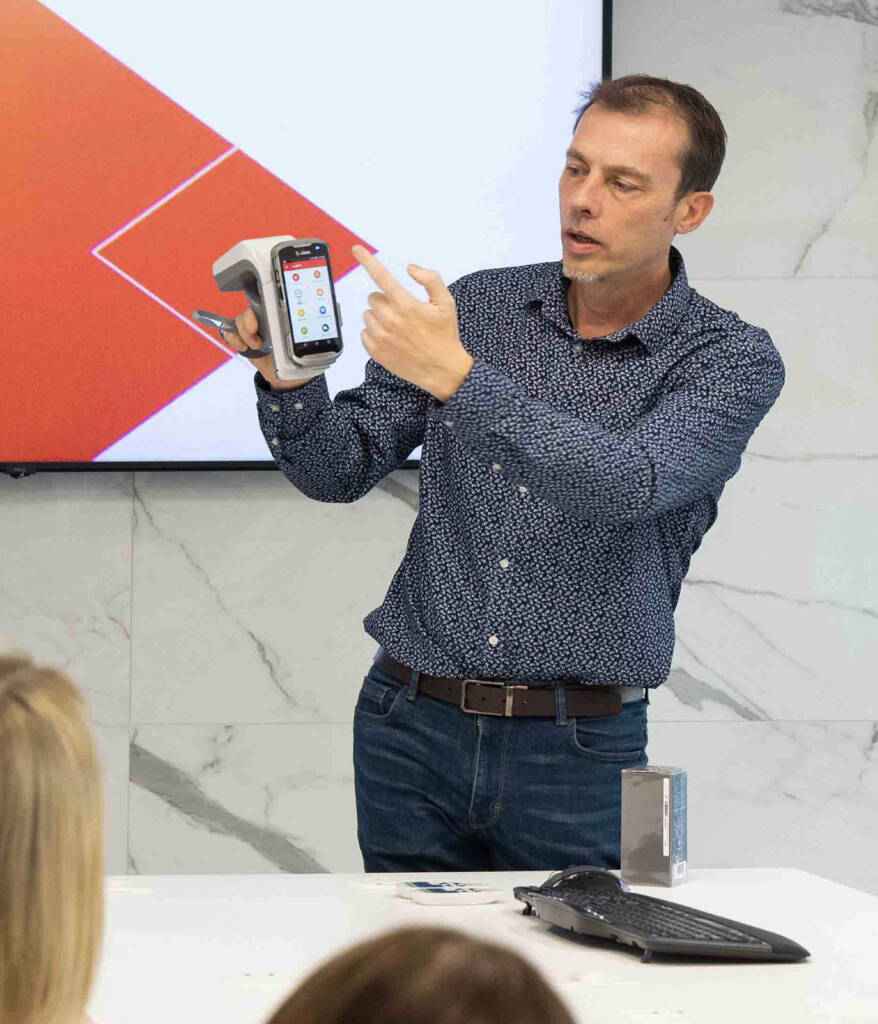
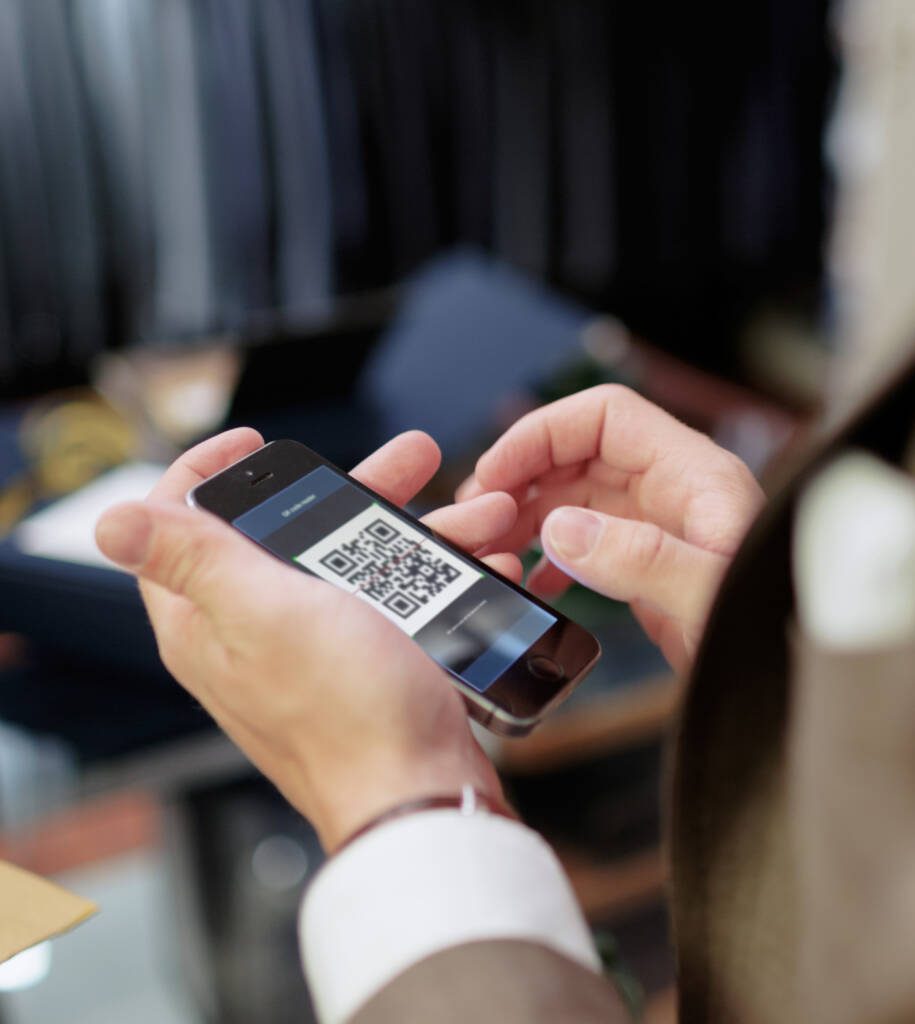
Clarity® Store from SML can significantly boost in-store performance through:
Inventory Accuracy using RFID – Attain an inventory accuracy rate of over 98% and minimize stock shortages
Labor Efficiency – Make use of cutting-edge technology to minimize wasted time while maintaining exceptional level of customer satisfaction.
eCommerce Accuracy – Make all inventory available for eCommerce orders to accurately fulfill them and decrease cancellation rates.
Search & Find It – Easily find missing and hard-to-locate items within the store using RFID technology and advanced tools.
Retailers should implement RFID (Radio Frequency Identification) technology for several compelling reasons that directly contribute to operational excellence and customer satisfaction:
1. Enhanced Inventory Accuracy: RFID technology significantly improves inventory visibility and accuracy, often exceeding 98%. This precision allows retailers to ensure the right product is available at the right time, drastically reducing out-of-stock scenarios and lost sales opportunities.
2. Operational Efficiency: With RFID, retailers can streamline inventory management processes, from receiving to stocking to selling. This efficiency reduces labor costs associated with manual inventory counts and reallocates staff time toward customer-facing services.
3. Omnichannel Enablement: RFID technology supports accurate real-time inventory across all sales channels, facilitating efficient Buy Online, Pick Up In-Store (BOPIS) services and ensuring customer expectations are met regardless of how they shop.
4. Loss Prevention: RFID enables more effective tracking of merchandise, reducing shrinkage from theft or misplacement. This not only protects profits but also ensures product availability for genuine customers.
5. Customer Experience: By ensuring products are in stock and readily locatable, RFID technology enhances the in-store experience. It supports innovations like smart fitting rooms and expedited checkouts, directly contributing to higher customer satisfaction and loyalty.
6. Sustainability: Implementing RFID can lead to more sustainable retail operations by optimizing inventory levels and reducing waste. This aligns with the increasing consumer demand for eco-friendly practices.
RFID technology offers retailers a transformative toolkit for boosting accuracy, efficiency, and customer satisfaction while aligning with sustainability goals. If you need help getting started, learn more from SML’s retail RFID experts.
Retailers use Item-Level RFID technology to create ROI, improve inventory accuracy and streamline operations in stores and throughout the supply chain. This video helps you discover how SML Item-Level RFID solutions are used in retail.
Buy Online, Pick Up In Store (BOPIS) is a seamless retail strategy that merges the convenience of online shopping with the immediacy of in-store pickup. This approach caters to the modern consumer’s desire for speed and convenience and enhances the overall shopping experience. Here’s how it works, alongside examples that embody the innovation and efficiency of SML’s retail RFID solutions:
1. Online Order Placement: Customers browse the retailer’s online inventory, select their products, and choose the option to pick up their purchase in-store. This process is supported by SML’s RFID technology, ensuring that online inventories are accurate and up-to-date.
2. Order Fulfillment: Once the order is placed, the retailer uses RFID-enabled inventory systems to locate the items in their physical store quickly. SML’s Clarity® software plays a crucial role here, providing real-time visibility and accuracy and streamlining the fulfillment process.
3. Notification: After the order is prepared and ready for pickup, the customer receives an email or text message notification. This system ensures that customers are informed promptly, enhancing their shopping experience.
4. In-Store Pickup: The customer visits the designated pickup area in the store, which is often located near the entrance for convenience. Some retailers enhance this experience by offering dedicated parking spots or curbside pickup services.
Examples of BOPIS in Action:
● Fashion Retailer: A leading fashion brand uses SML’s RFID solutions to offer BOPIS services, enabling customers to order the latest styles online and pick them up within hours at their nearest store. This approach drives foot traffic and increases the likelihood of additional in-store purchases.
● Home Improvement Chain: A home improvement retailer leverages Clarity® to manage its extensive inventory, allowing customers to purchase bulky items online and pick them up at the store’s loading dock, streamlining the shopping experience for large or heavy products.
● Electronics Store: An electronics retailer uses BOPIS to provide customers with a convenient way to purchase high-demand items online, such as the latest smartphones or gaming consoles, and pick them up safely and efficiently at their local store.
BOPIS exemplifies how retailers can blend digital convenience with physical retail’s tactile advantages. By implementing SML’s RFID solutions, retailers can offer this innovative service, ensuring customer satisfaction, boosting sales, and driving operational efficiency.
Watch this video to learn more about how BOPIS works and why item-level RFID is the key to BOPIS.
Yes, Walmart has been utilizing RFID (Radio-Frequency Identification) technology to enhance its inventory management and supply chain efficiency. Walmart’s adoption of RFID dates back to the early 2000s, when it first began experimenting with the technology to improve the visibility and accuracy of its inventory. Over the years, Walmart has expanded its use of RFID to include various applications across its operations, aiming to ensure product availability, streamline processes, and improve customer satisfaction.
The retail giant has been leveraging RFID for tasks such as tracking apparel and optimizing the efficiency of their distribution centers. This strategic use of RFID technology allows Walmart to maintain more accurate stock levels, reduce out-of-stock incidents, and enhance the overall shopping experience for its customers.
In 2022, Walmart mandated RFID tags on all products for specific departments. This list has only continually grown to include many general merchandise items. To qualify, suppliers must use approved RFID tags. If you are a Walmart supplier who needs help getting started with RFID, contact our RFID experts today.
When integrating RFID into retail, brands and retailers can expect several key outcomes and considerations, as outlined in the insights shared by SML’s RFID Solutions Division President Dean Frew from this webinar. These insights draw from extensive experience with retail RFID implementations across the global retail landscape and highlight both the strategic and operational shifts that come with adopting this technology.
Key Expectations with RFID Implementation
1. Inventory Accuracy: One of RFID’s primary benefits is the significant improvement in inventory accuracy. Retailers often see accuracy levels jump from around 75% to over 98%, allowing for precise inventory management and assortment planning.
2. Operational Efficiency: RFID technology transforms inventory management, creating new best practices. It shifts inventory replenishment from a push model, where stock is pushed based on forecast, to a pull model, driven by actual store needs and sales data.
3. Enhanced Customer Experience: With accurate inventory data, retailers can offer better customer service by ensuring product availability, enabling efficient omnichannel strategies, and reducing out-of-stock situations.
4. Organizational Impact: Implementing RFID impacts every process it touches and can lead to cultural shifts within a retail organization. It encourages data-driven decision-making and real-time information can broadly distribute decision-making authority within the organization.
5. Challenges and Resistance: Any major technological overhaul, including RFID, can encounter organizational resistance. Retailers should anticipate this and understand that embracing RFID is crucial for staying competitive. SML has several case studies like Stadium where employees overcame concerns after realizing the benefits.
6. Unexpected Benefits: Beyond inventory management and customer experience enhancements, retailers often discover additional benefits from RFID implementation. These include improved loss prevention, better supply chain visibility, and operational cost savings.
Implementing RFID: Steps and Considerations
● Cross-Functional Involvement: Successful retail RFID projects involve cross-functional teams from IT, operations, supply chain, and store management to ensure comprehensive planning and execution.
● Process Reengineering: RFID technology necessitates rethinking existing processes to fully leverage the technology’s capabilities for efficiency and customer service improvements.
● Integration with Existing Systems: Smart integration strategies that leverage existing IT infrastructure and data systems are crucial for maximizing RFID benefits without necessitating large-scale system overhauls.
● Phased Rollout: A staged approach, starting with RFID pilots or limited-scale implementations, allows retailers to fine-tune processes, technology configurations, and integration points before broader rollout.
● Focus on ROI: Developing a clear business case that outlines expected costs, benefits, and return on investment is essential for justifying RFID projects and gaining organizational buy-in.
The insights from the webinar underscore the transformative potential of RFID in retail, not just as a tool for inventory management but as a catalyst for broader operational, customer experience, and organizational benefits. As retailers consider RFID, they should engage SML RFID Professional Services for help in planning, process change, and implementation of RFID technology.
If you have any questions about RFID technology, contact SML’s RFID experts today.
Yes, Clarity® Store can seamlessly integrate with your enterprise systems, ensuring a smooth and efficient implementation of retail RFID technology into your retail operations.
Clarity® RFID software is built on the robust Clarity® Core platform, which is cloud-based and designed for optimal performance, scalability, and reliability across your retail operations. This platform supports comprehensive two-way integrations with existing enterprise applications, extending their value and enhancing performance.
For more details on how Clarity® can work with your existing enterprise systems and its benefits to your retail operations, visit the Clarity® Core page.
Shifting from an annual to a weekly inventory count using RFID significantly enhances retail operations by providing up-to-date, accurate inventory data. This accuracy allows for better stock management, reduces out-of-stocks and overstocks, and ensures products are available when customers want to buy them.
With RFID technology, inventory counts are much quicker and less labor-intensive, allowing for frequent updates without the added cost of manual labor. Additionally, accurate inventory data supports omnichannel retailing, ensuring products purchased online can be picked up in-store without issues, further enhancing customer satisfaction and sales.
Learn more about retail RFID by contacting one of SML’s RFID experts today.